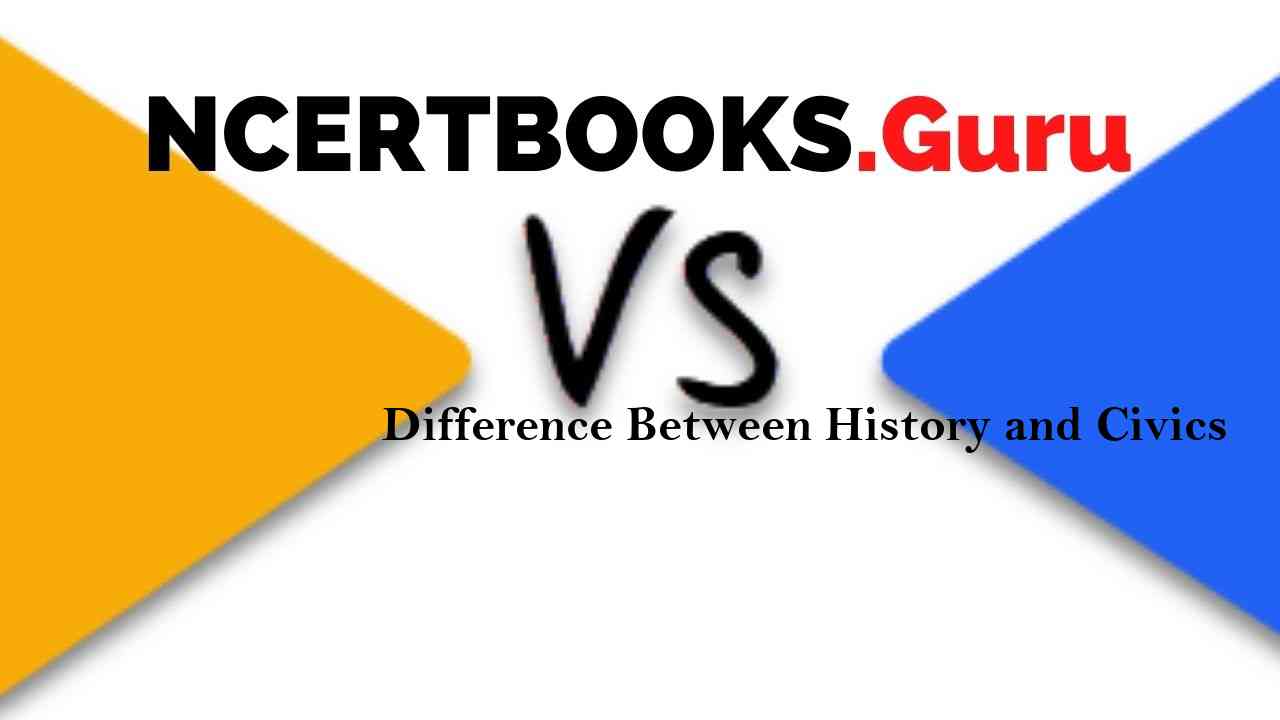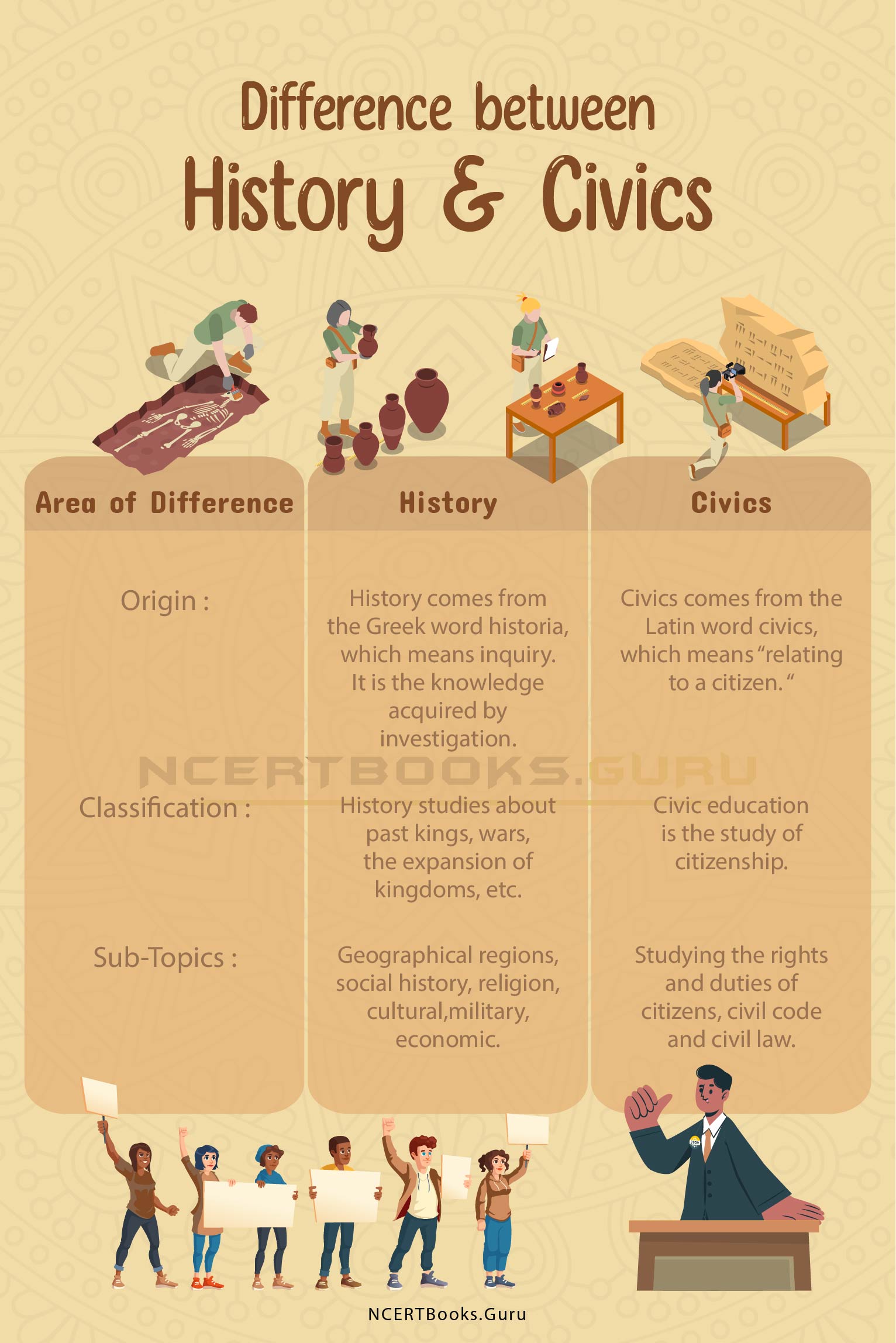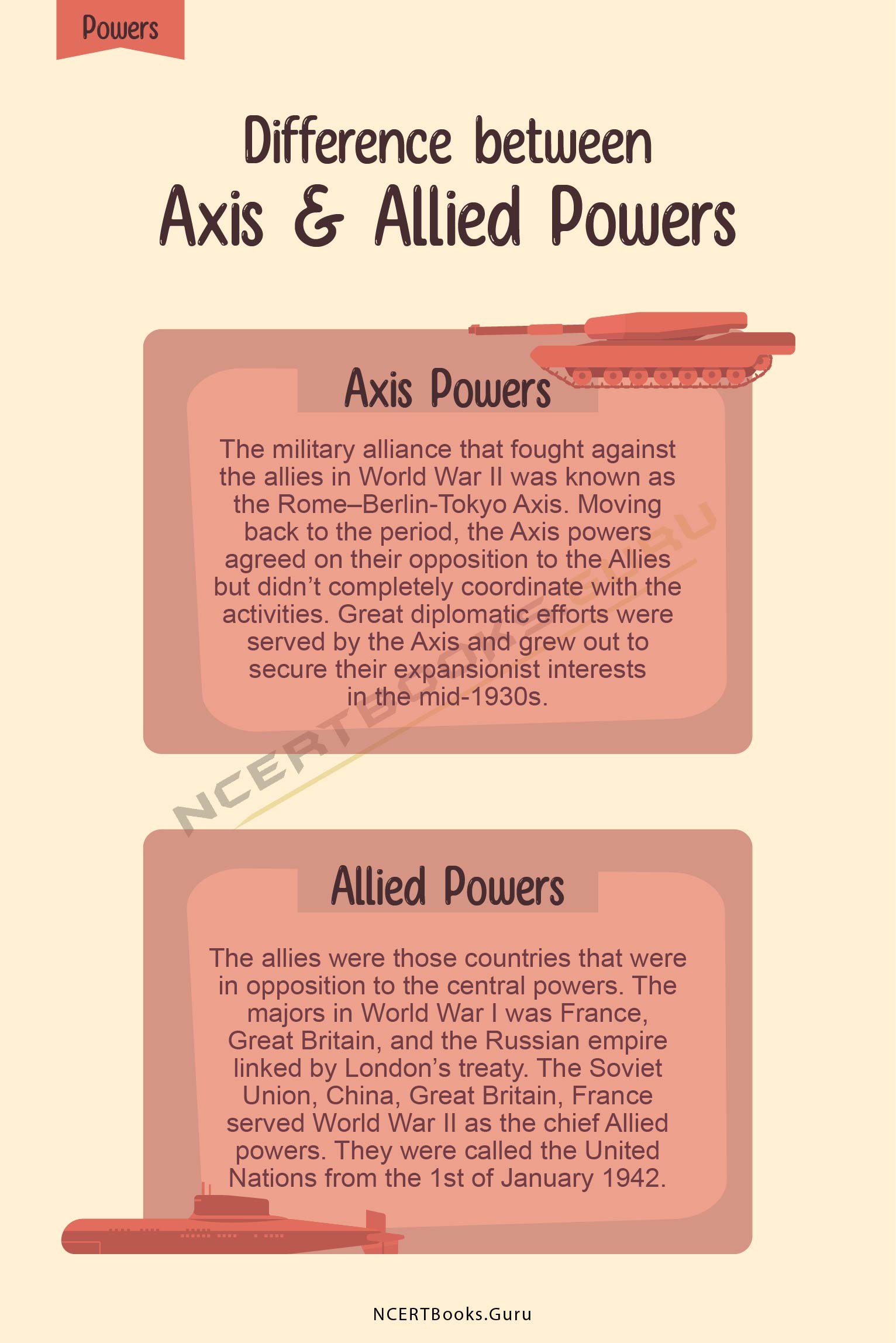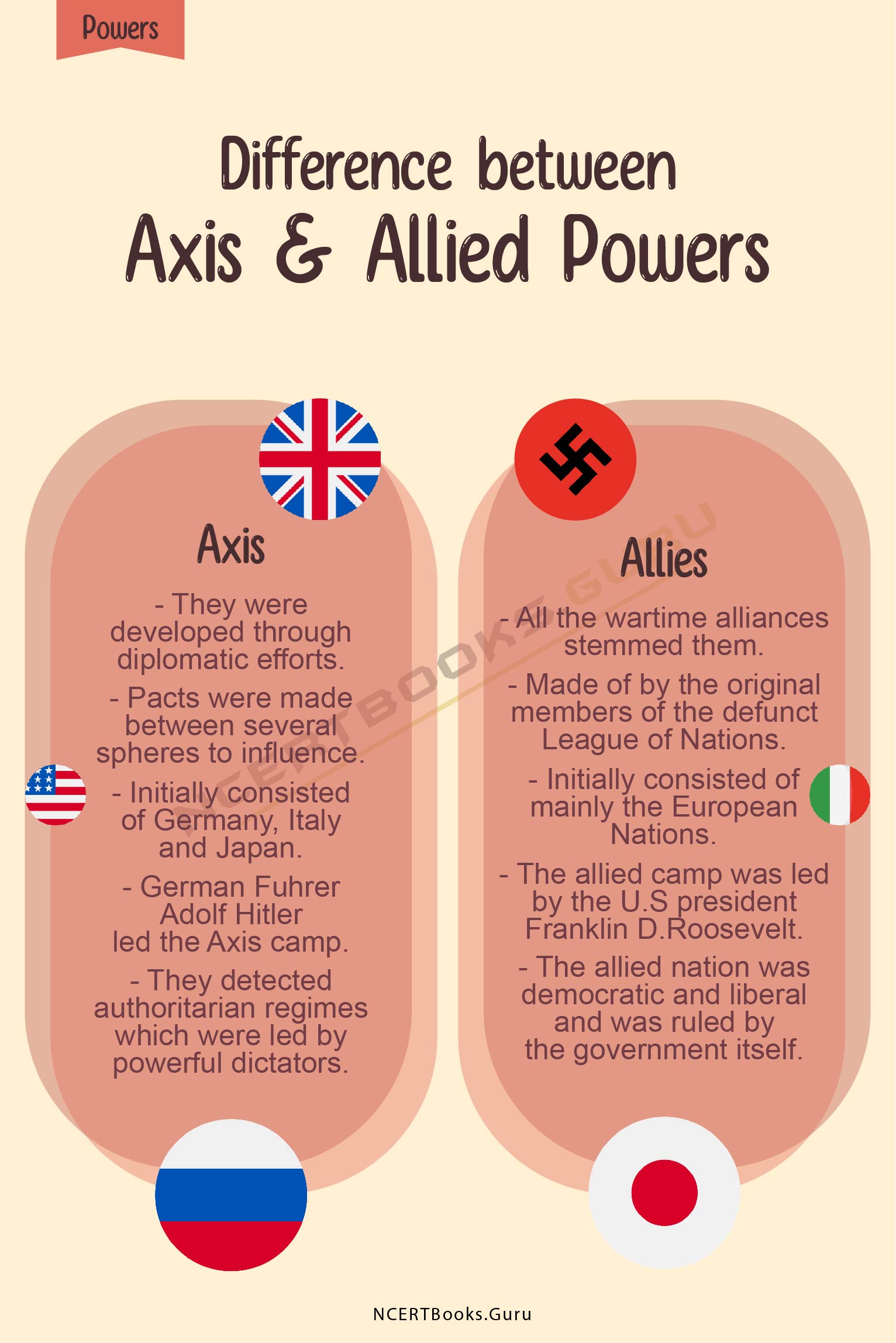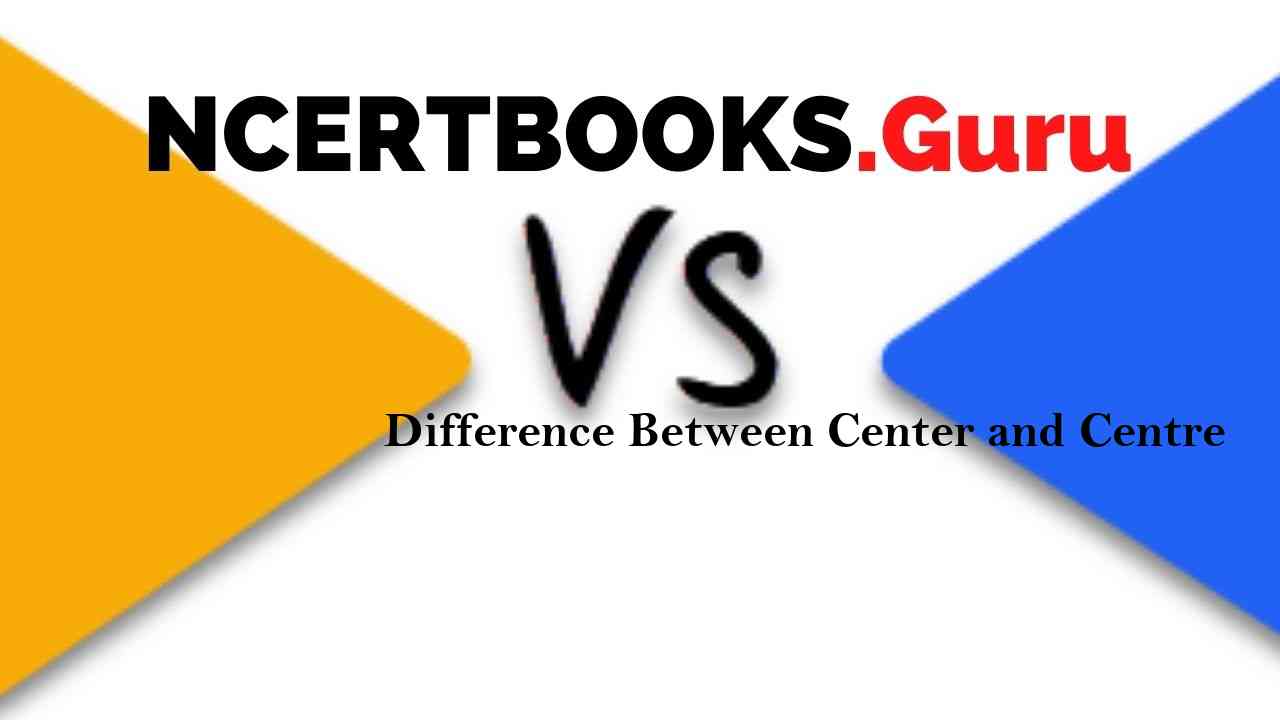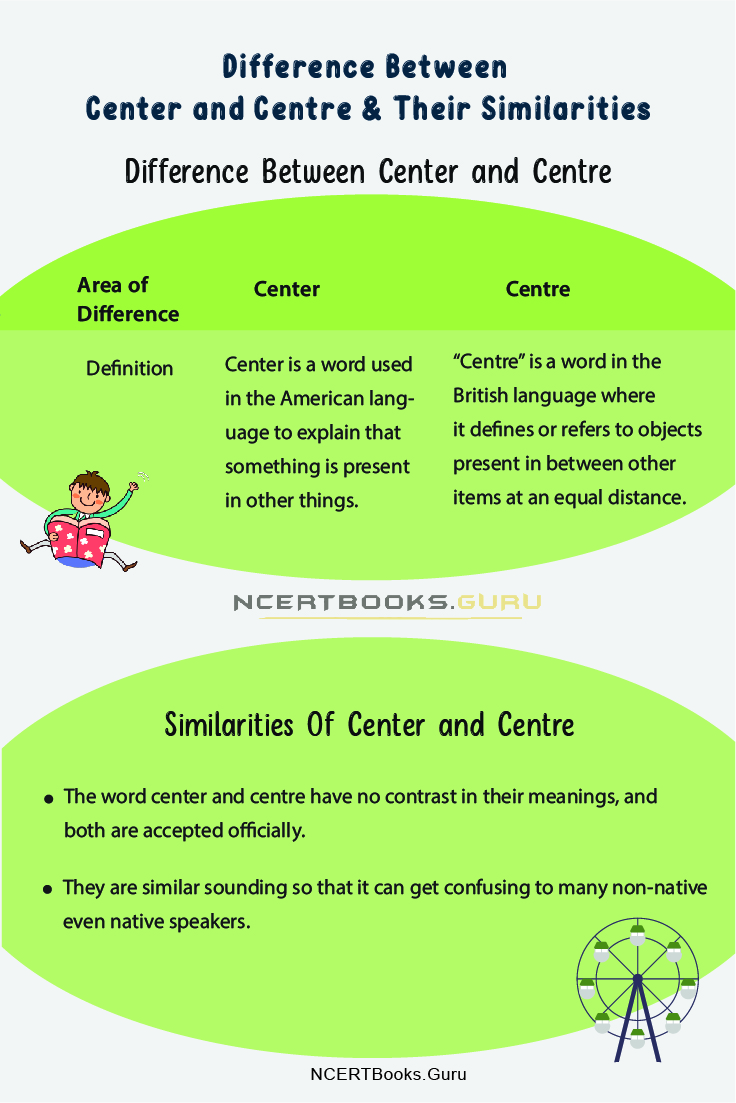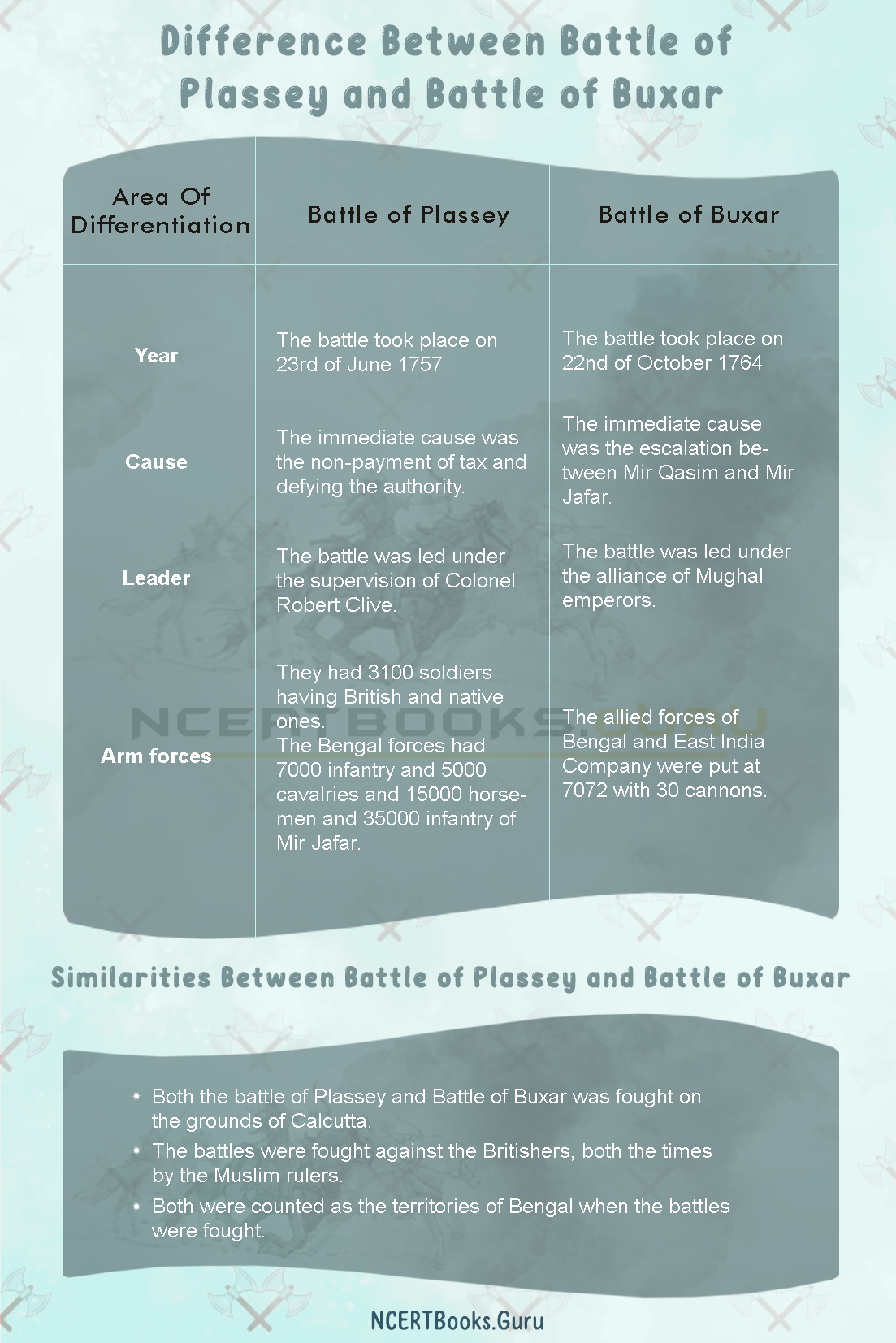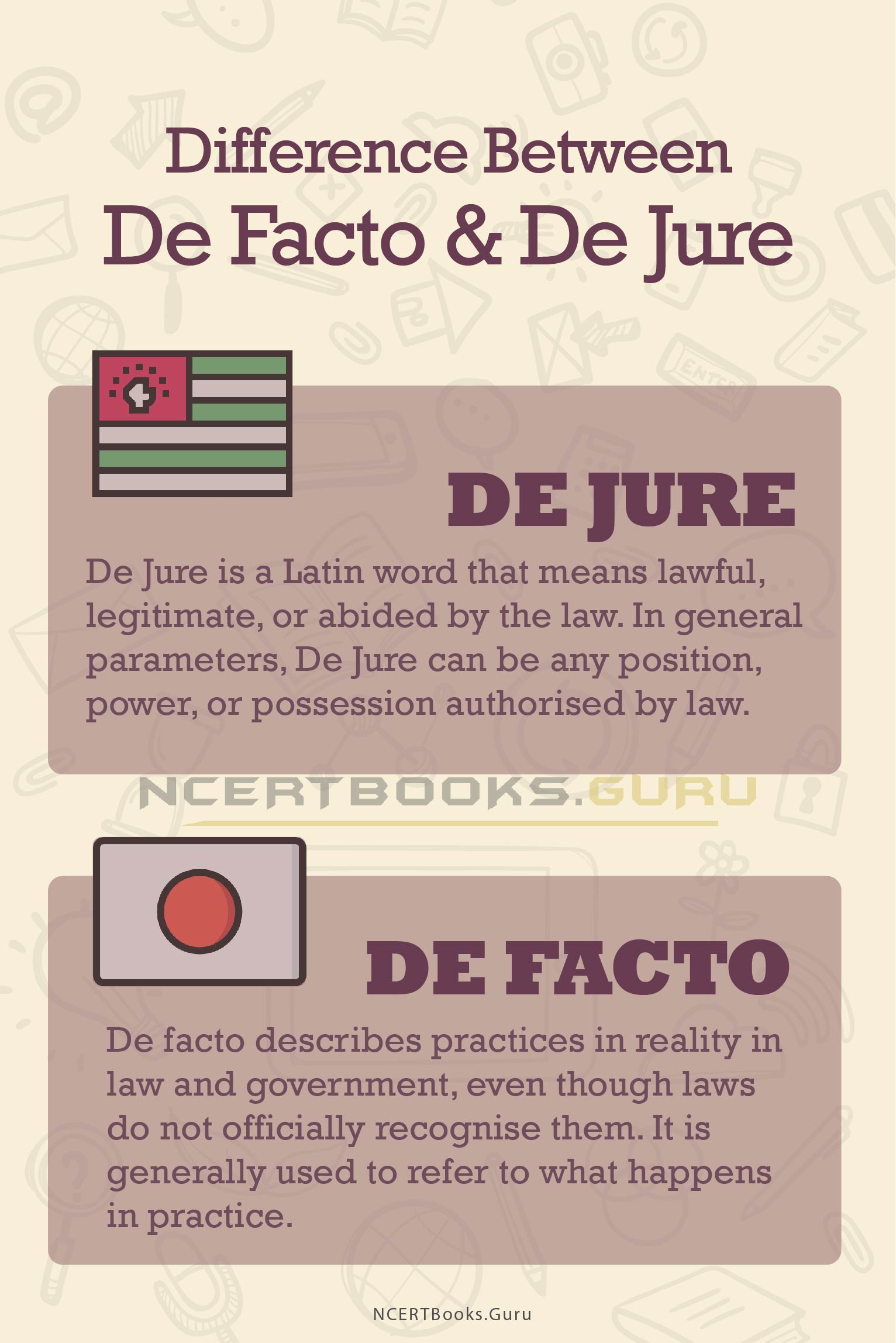Difference Between Delhi and New Delhi: Most people brush off assuming that New Delhi is Delhi without the New, but it is not. There is a difference between the two well-known cities- New Delhi and Delhi, and while they continue to grow side by side, each retains its charms. Both New Delhi and Delhi are situated on the banks of the River Yamuna. It is believed that the city Indraprastha, the capital of Pandavas in the Epic Mahabharata, is in Delhi.
You can also find differences between articles on various topics that you need to know. Just tap on the quick link available and get to know the basic differences between them.
What is the Difference Between Delhi and New Delhi
Delhi is officially known as the National Capital Territory of Delhi (NCT), a well-known city and a Union Territory of India comprising the city New Delhi, India’s capital. New Delhi is an urban district located in the National Capital Territory (NCT) Delhi city. New Delhi serves as the current capital of India and the seat of all three branches of the Government of India.
To better comprehend the topic- Difference Between Delhi and New Delhi, let us understand the reason behind the difference and how these two states with almost the same name differ from each other in a detailed manner.
Difference Between Delhi and New Delhi
The key differences between the well-known cities- Delhi and New Delhi are as follows:
| New Delhi | Delhi |
| New Delhi was planned, designed, and built-in the 20th Century. | The history of Delhi can be tracked down to the 6th Century BCE. |
| The foundation stone for the city New Delhi was laid by the well-known Emperor George V during the Delhi Durbar of 1911. New Delhi was planned and designed by well-known British architects Sir Herbert Baker and Sir Edwin Lutyens. The new capital city was inaugurated on February 13 1931, by well-known Governor-General and Viceroy Lord Irwin. | Delhi has served as the capital city of several powerful empires and kingdoms, most notably the Mugal empire and the Delhi Sultanate. The capital city has been ransacked, plundered, captured, and even rebuilt multiple times, particularly during the Medieval period. |
| The total area of the New Delhi city is around 42.7 square kilometres. | The total area of the Delhi city is around 46,208 square kilometres. |
| The Union Territory of Delhi comprises nine districts, and New Delhi is one of the nine districts of Delhi. New Delhi is the new and current National Capital of India. | Delhi is a Union Territory and shares its borders with the states of Uttar Pradesh and Haryana. The old capital is surrounded by Uttar Pradesh on the East and is wrapped by Haryana’s state on three sides. |
| Some of the important and well-known buildings present in New Delhi are Rashtrapati Bhavan, Akshardham temple, India Gate, Jantar Mantar, Parliament of India, Connaught Place, and Lodhi Garden. | Some of the popular and well-known historical monuments of Delhi are Red Fort, Lotus Temple, Humayun Tomb, Jama Masjid, etc. |
| Western Architecture highly influences the architecture of these historical monuments and important buildings in New Delhi. | The Mughal architecture influences the architecture of historical monuments and significant buildings in the old capital of Delhi. |
| The Government of Delhi along with the Government of India, jointly administer the city New Delhi. | Delhi is currently a state and comprises a governor who presides as the head of the Government. |

